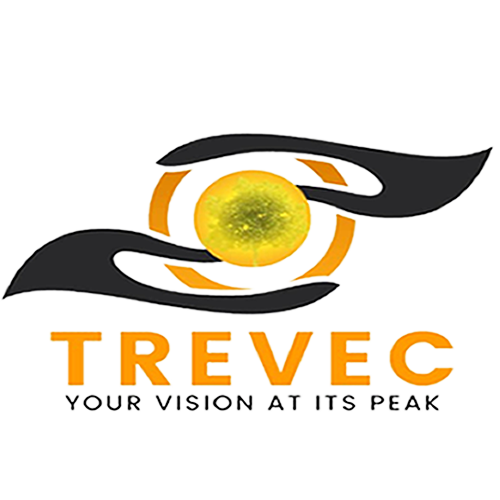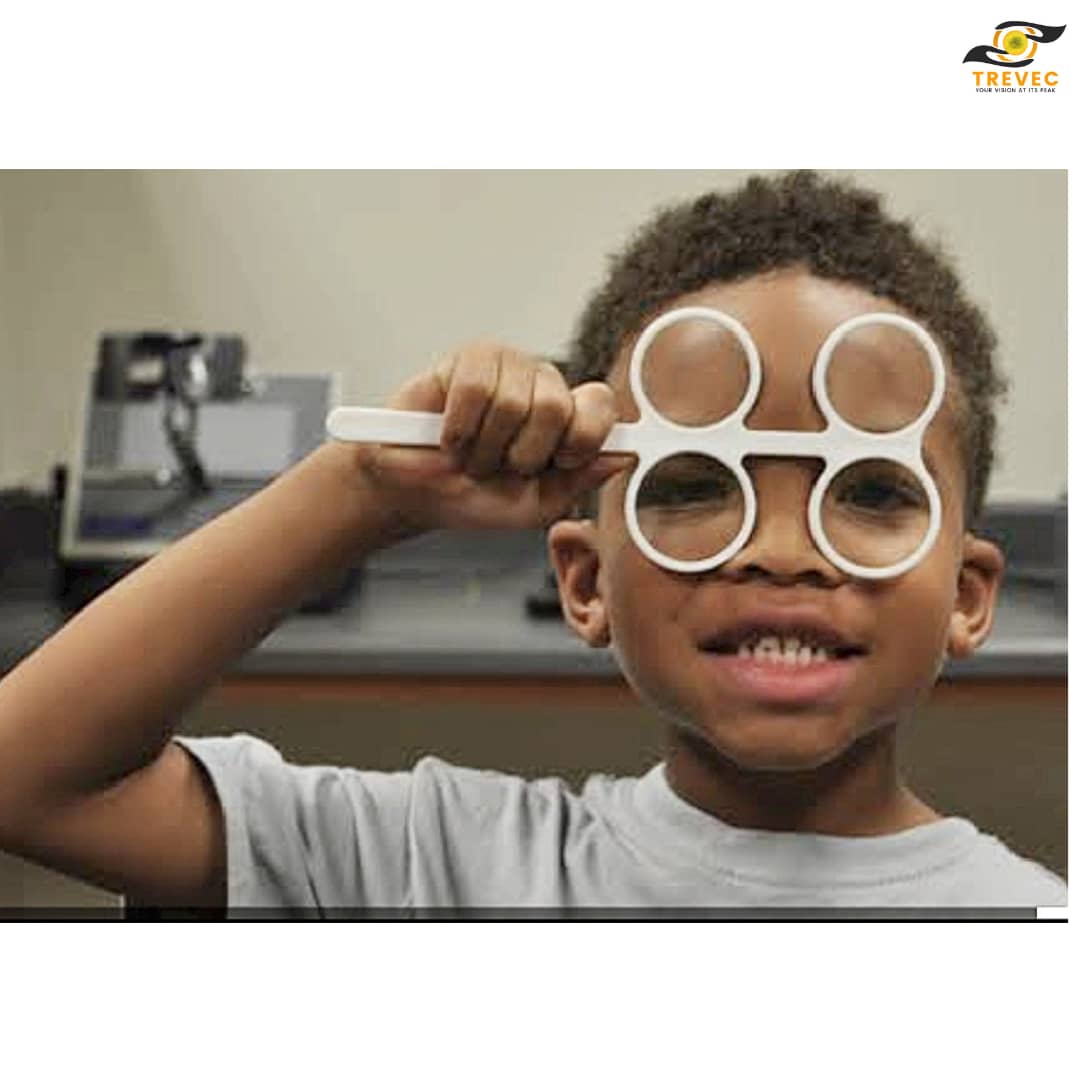The other aspects of a healthy and comfortable vision for learning:
EYE ALIGNMENT AND TRACKING
Eye alignment is a visual skill essential for good performance at school; our eyes must look in the same direction while focusing on an object to achieve normal binocular vision. Strabismus or squint(misaligned eyes) occurs when one eye focuses on what the person intends to look at, and the other eye is looking at something else, causing double vision, tilting of the head, closing one eye while reading, headaches, and eyestrain in children.
EYE TRACKING
It is also an essential part of good vision; it enables the ability to read without losing our place, write in a straight line, catch a ball, or search for someone in a crowd. Children with poor eye tracking tend to lose their place, skip words or whole lines, start reading a word from the middle, have excessive head movement while reading, and poor comprehension while reading; these children may use fingers or a ruler to follow the line otherwise learning could be difficult.
EYE FOCUSING
It is the ability to quickly and accurately maintain clear vision from distance to near when looking from the board to a paper on the desk and back; our eyes rapidly work together to bring into sharp focus what it’s looking at; an eye-focusing problem is one of the reasons that a child may not be successful in reading, understanding, having good hand-eye coordination, and close-up work of all kinds. To focus, muscles within and around the eyes must contract and relax.
Accommodative and vergence dysfunctions are types of vision problems that can affect children. Accommodative dysfunction affects the eyes’ change of focus from distant to near, while vergence refers to the eyes’ ability to converge (move in) or diverge (move out). Children with accommodative and vergence anomalies experience blurred vision, headache, ocular discomfort, fatigue, double vision, and lack of concentration.
COLOR VISION
It is the perception and ability to distinguish colors. Individuals with normal color vision have three types of cells called cone photo-receptors, which have light-sensitive pigments that enable us to recognize color. Most children with this deficiency see these colors, although they find it difficult to differentiate between them. Color deficiency ranges from mild to severe and can be hereditary or developed later in life.
CONCLUSION
At this juncture can you tell if your child or ward has a learning problem or vision problem? if it is a vision problem then ,visual acuity helps early detection of refractive errors in children. Vision therapy is very effective in correcting eye-tracking problems while reading glasses can sometimes help reduce its symptoms. To treat accommodative and vergence dysfunction-associated vision problems such as farsightedness, nearsightedness, and astigmatism must be addressed also. There is no cure for inherited color vision, although most people can adapt over time. Visit us at TREETOP VISION EYE CENTRE (TREVEC) in Utako Abuja for a comprehensive eye check for your children or wards.
TREVEC CARES!!!



2 thoughts on “HERE’S WHY MOST CHILDREN HAVE LEARNING PROBLEMS”